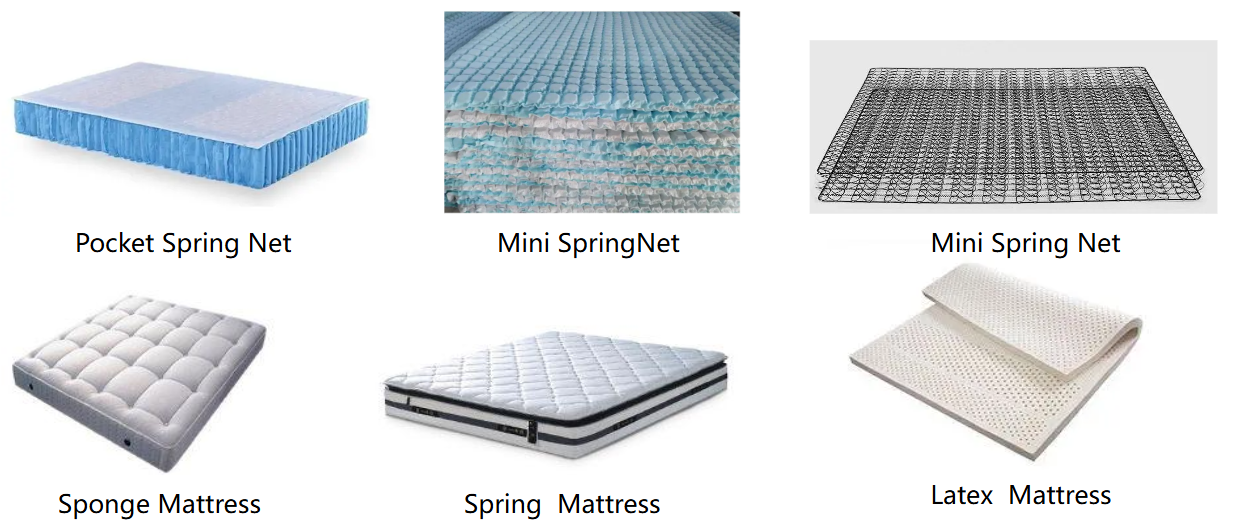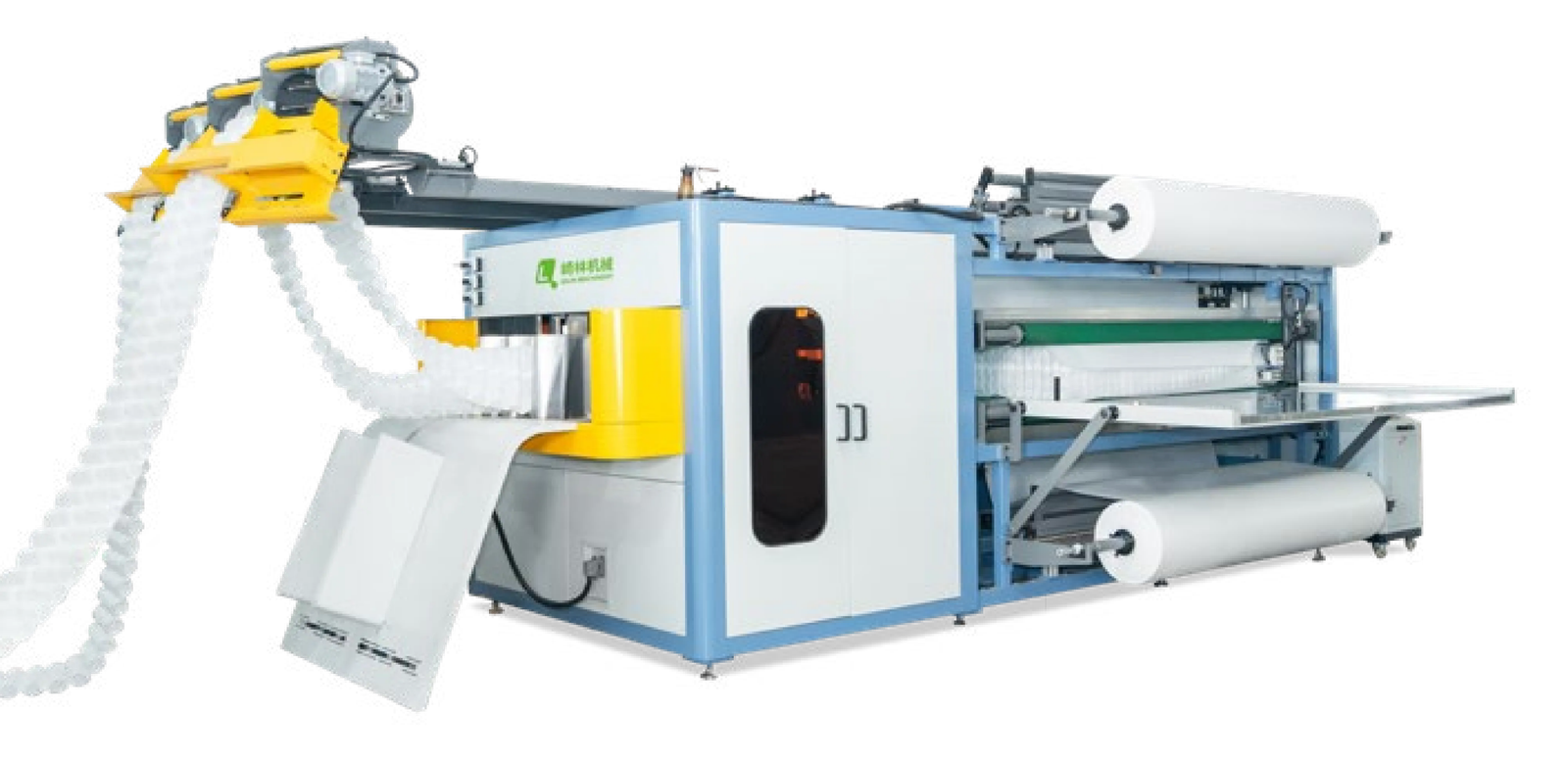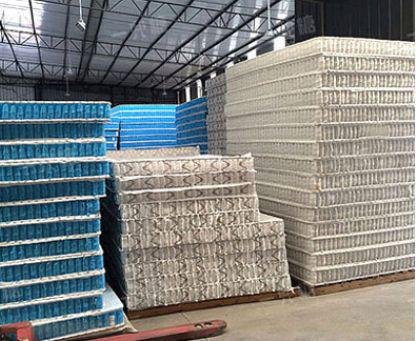
Mattress spring machines may look similar on the surface, but the types of springs they produce—Bonnell, pocket, or continuous—are very different in function, structure, and performance.
The main differences lie in spring shape, motion isolation, machine complexity, and cost efficiency. Each machine type serves a different market need.
Understanding these differences helps buyers select the right machinery for their target customers and production goals.
What Does Each Machine Type Actually Produce?

Each type of spring system delivers a unique sleeping experience and manufacturing process.
Here’s a side-by-side comparison:
| Spring Type | Coil Design | Structure | Comfort Level | Common Use Case |
|---|---|---|---|---|
| Bonnell Spring | Hourglass coil | Interconnected by helical wire | Firm and bouncy | Budget & hospitality |
| Pocket Spring | Barrel-shaped individual coil | Each coil in fabric pocket | Adaptive and quiet | Premium & hybrid |
| Continuous Spring | Linked coils from one wire | One-piece mesh construction | Supportive but firm | Value-oriented markets |
Each machine type is designed specifically to produce one of the above structures with precision and efficiency.
How Do Bonnell Spring Machines Work?

Bonnell spring machines produce hourglass-shaped coils that are then connected together using spiral wires. This design is traditional and still popular in emerging markets.
Key machine features:
- High-speed coiling and knotting
- Spiral wire insertion system
- Robust mechanical construction
Advantages:
- Lower machine cost
- High output speed
- Simple to maintain
Disadvantages:
- Poor motion isolation
- Shorter product life
- Louder in use
Bonnell spring units are ideal for entry-level mattresses or for use in commercial/hospitality projects where price and firmness matter most.
How Do Pocket Spring Machines Work?

Pocket spring machines produce independent coil units, each enclosed in a non-woven fabric pocket and ultrasonically welded or glued.
Key machine features:
- Wire coiling + non-woven fabric feeding
- Ultrasonic welding unit
- Modular chain assembly
Advantages:
- Excellent motion isolation
- Highly supportive, body-contouring
- Ideal for luxury and hybrid mattresses
Disadvantages:
- Higher machine cost
- More complex to operate
- Slower output per hour than Bonnell
Machines may also include zoning features for orthopedic support or glue units for full pocket spring assembly in-line.
How Do Continuous Spring Machines Work?
Continuous spring machines coil an entire spring unit from a single long wire, weaving the coils together without welding or knots.
Key machine features:
- High-speed wire feeding
- Interlinked coil forming
- Optional compression roll unit
Advantages:
- Ultra-fast production
- Lower material cost (less wire overlap)
- Very durable, no weak connection points
Disadvantages:
- Less adaptability for body contouring
- Moderate motion transfer
- Limited design flexibility
Popular in value-oriented mattress lines or for spring bases that need higher durability with lower cost.
How Do These Machines Compare in Output and Cost?
| Feature | Bonnell Spring Machine | Pocket Spring Machine | Continuous Spring Machine |
|---|---|---|---|
| Output speed | ★★★★☆ (fast) | ★★☆☆☆ (moderate) | ★★★★★ (very fast) |
| Machine cost | $ | $$$ | $$ |
| Spring flexibility | ★★☆☆☆ | ★★★★★ | ★★★☆☆ |
| Target mattress segment | Entry-level | Mid to high-end | Value range / commercial |
| Operator complexity | ★☆☆☆☆ (simple) | ★★★★☆ (advanced) | ★★☆☆☆ (moderate) |
Your choice depends on your production goals. If you’re focusing on budget markets, Bonnell or continuous machines are efficient. For premium mattress brands, pocket spring lines are essential.
What Type of Comfort Does Each Machine Enable?
Comfort is the ultimate customer goal, and the spring structure plays a big role.
Bonnell Springs
- Feel: Firm and uniform
- Best for: Back sleepers, budget buyers
- Weakness: Poor pressure relief and motion isolation
Pocket Springs
- Feel: Responsive and contouring
- Best for: Side sleepers, couples
- Weakness: Higher cost per unit
Continuous Springs
- Feel: Uniform and supportive
- Best for: Children’s beds, basic hotel use
- Weakness: Lacks adaptive feel of pocket coils
How Does Maintenance Compare?
- Bonnell machines: Easy to maintain with basic mechanical knowledge. Less electronic dependence.
- Pocket machines: Require regular ultrasonic module cleaning and fabric tension checks. More moving parts.
- Continuous machines: Moderate maintenance; mostly focused on wire feeding and cutting wear.
We provide training videos and on-site setup with every machine to ensure smooth operation from day one.
Conclusion
Bonnell, pocket, and continuous spring machines each have unique production goals. If you want to compete in mid- to high-end mattress markets, pocket spring machines are a must. If you serve bulk or entry-level needs, Bonnell and continuous machines offer speed and simplicity.
Choosing the right machine means balancing product quality, production cost, and market demand.
